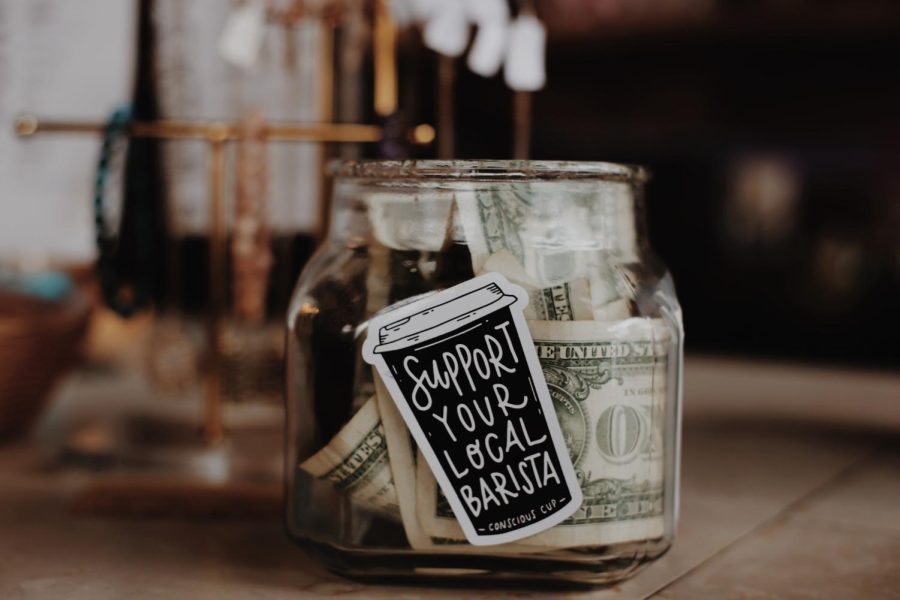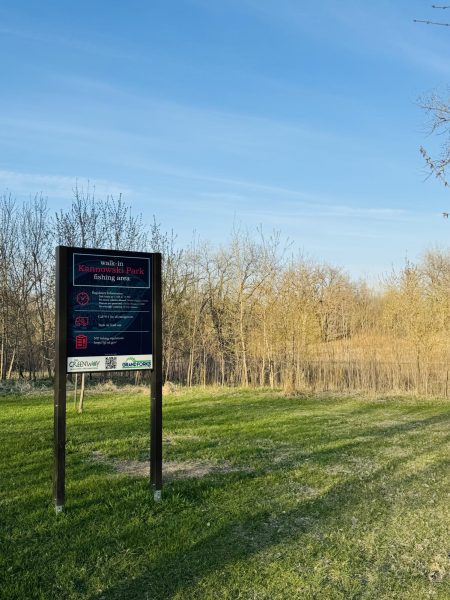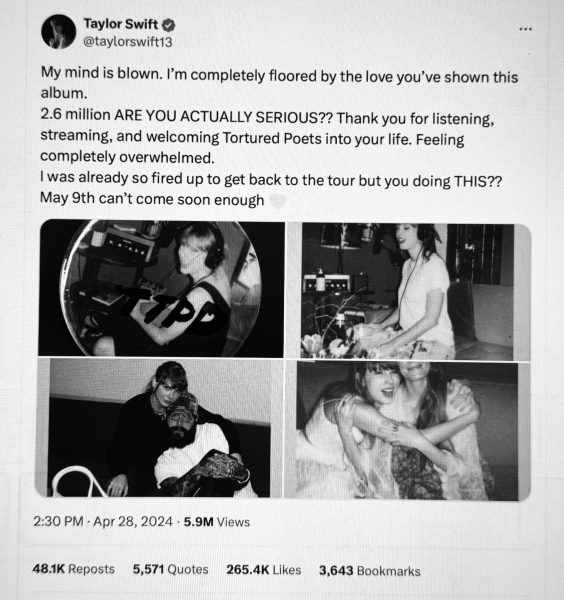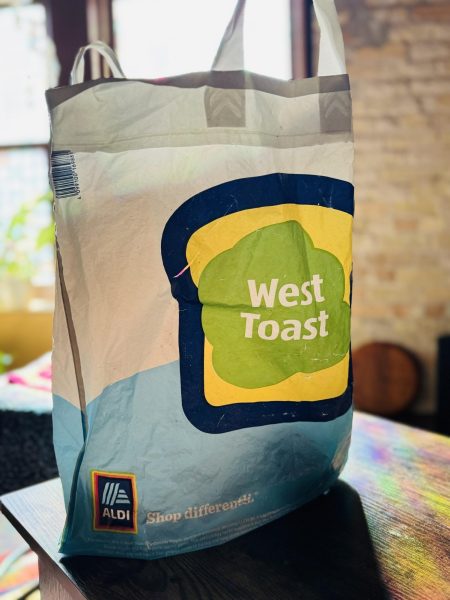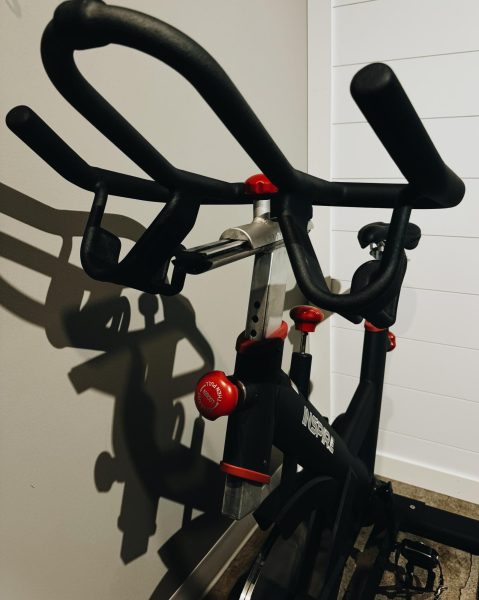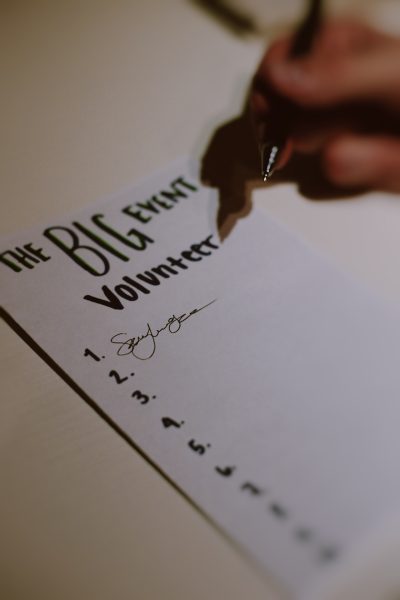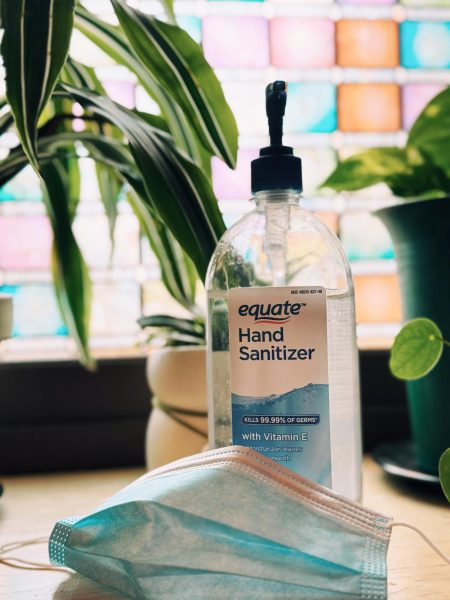Tipping Culture
January 25, 2023
This past fall, I pursued a waitressing job with little expectations but high hopes. I applied for the job knowing that I needed money quickly and efficiently while still balancing an abundance of other duties that a college student must endure. With an hourly wage that falls under $5/hour, I accepted the fact that most of my income would be tips. This is the case for most minimum wage, service industry restaurant employees in America. Whether you are on the giving or receiving end of tipping, there is a large gray area that exists within America’s tipping culture. You may think “is 20% a normal amount to tip or is it enough? Do I need to tip at coffee shops like I do restaurants?” The recent changes in our tipping culture have left consumers to wonder, has tipping culture in America grown out of control or is it leading a new model for how tipping should be?
Tipping 20% of one’s bill has been set as a loose “norm” for tipping in America. Most customers believe that 20% is tipped for great service, and tipping above and below that may be tweaked depending on the server’s performance. To be honest, the world of tipping is a gray area regardless of if you are the one tipping or being tipped. In America, tipping culture is different from other countries. For example, it is not allowed to tip in Europe as many countries find tipping superficial. As a server here in Grand Forks, I typically see around 20% of a customer’s bill come back in a tip. Occasionally, I receive a tip way above 20%, and the same goes for below. Most Americans do not have a problem tipping for good, quality service. Whether you are a barista, server, or cashier, good quality work deserves a good, quality tip. Where the prevalent issue lies is in the fact that tipping is now being seen in places that has never been seen before and in ways that we have never seen it.
Our society is already accustomed to tipping servers in a standard, sit-down restaurant. A waiter provides quality service, and he or she is tipped respectively. Tipping 20% of your bill in this kind of setting has been “normal” for decades. However, it is the recent changes in tipping that have caused consumers in America to question tipping norms. Over the past couple of years, baristas and cashiers have begun to slowly introduce more tipping options into regular interactions with customers. Consumers everywhere are suddenly seeing tipping outside of what we are used to. There is an article from CNN Business that explains how consumers are now exposed to tipping in environments that they were not exposed to only a couple of years ago. Over time, this has caused consumers to feel as though tipping culture is growing out of control. Especially because there are not many clear guidelines on how much to tip your barista whereas it is a known custom to tip your server 20%.
Many of you are familiar with what is known as the “digital tip jar,” or the screen that is turned towards you as the cashier stands right across from you. In addition to serving, I am a barista both in my hometown and in Grand Forks. I have experienced this exact interaction repeatedly. Regardless of if you are a seller, worker, or consumer, it is hard to outright ask a customer for more money. The truth is, there is no effective way to ask someone for a tip when they are standing right across from you. By flipping the tip screen around, it forces the consumer to make a quick, real-time decision. Often, it is hard for a consumer to hit the “no tip” button when face to face with the individual who produces their product. It is even harder when a line of customers is waiting behind them to be helped. The best part is that businesses know this. Digitial tip jars have slowly worked their way into a lot of small businesses, providing the opportunity to tip for exceptional goods and services. However, the argument against digital tip jars is that they prove to seem more intrusive than the traditional glass jar on the counter. While it may appear as a simple question at the end of your transaction, a digital tip has a bigger effect than just a click of a button.
One thing I have learned as a server is the power and importance of tipping with cash. Most tippers do not think about hitting a button or adding a few digits to the paper copy of their bill. When, in all actuality, some of that tip will not make it to the server. Cash is the best way to tip regardless of where you stop because the server, barista, or cashier will be able to take that home with them. When tips are added by either a button on a digital tip jar or on the bill at a restaurant, that money is thrown into a paycheck, which is then taxed and dispersed, leaving the server with a fraction of what you intended to tip. The same goes for baristas and cashiers. If you have cash at the time of your purchase, I encourage you to tip with it so that workers are rewarded for their quality service.
Quick tipping has become a strategy and tool for businesses by raising a worker’s minimum wage without truly raising it. Let me explain this further. A company is expected to pay their employees what is known as a “livable wage.” As coffee shops and quick bite restaurants grow, the more tips they make. The more traffic a business generates, the more customers they are likely to encounter. This, naturally, provides the opportunity to accumulate tips. Therefore, a company can continue to pay their employees less, and tips are expected to subsidize lower wages. This is the principle that allows the restaurant industry to pay servers extremely low wages. Studies have shown that some states in America can pay their waitstaff as low as $2/hour because it is assumed that their tips will subsidize wages. Though it may seem like a very low rate, it has worked economically for years.
Next time you go out to eat, whether it is at a sit-down restaurant or coffee shop, I challenge you to think about the effect of your tip. Whether it be a sit-down restaurant, coffee shop, or quick bite to eat, the effect that your tip has is truly unmeasurable. As our tipping culture continues to change, we will continue to experience the effects for decades to come.
Sadie Blace is a Dakota Student General Reporter. She can be reached at [email protected].


